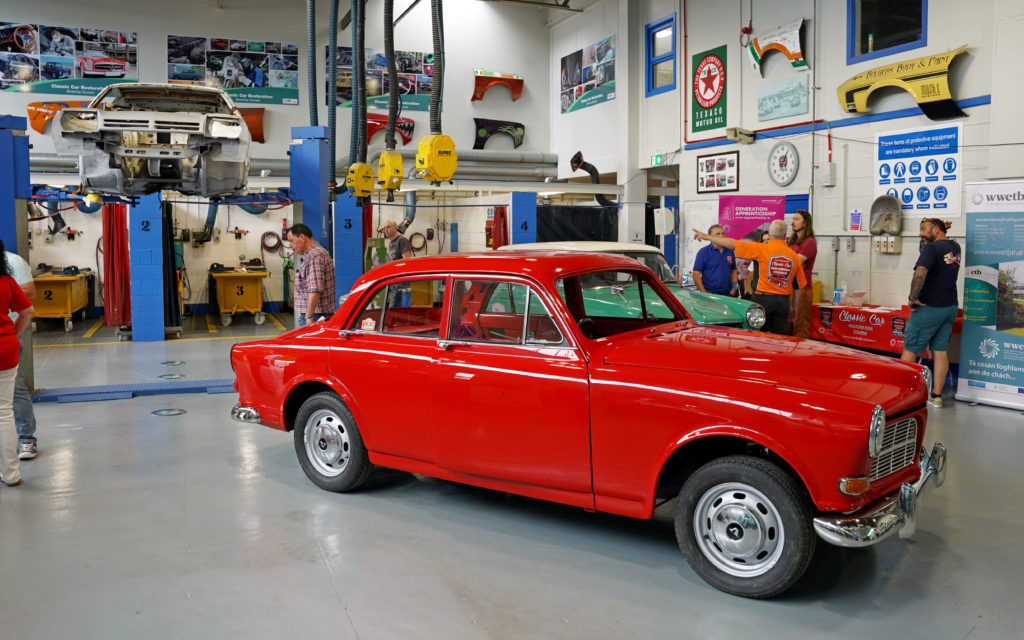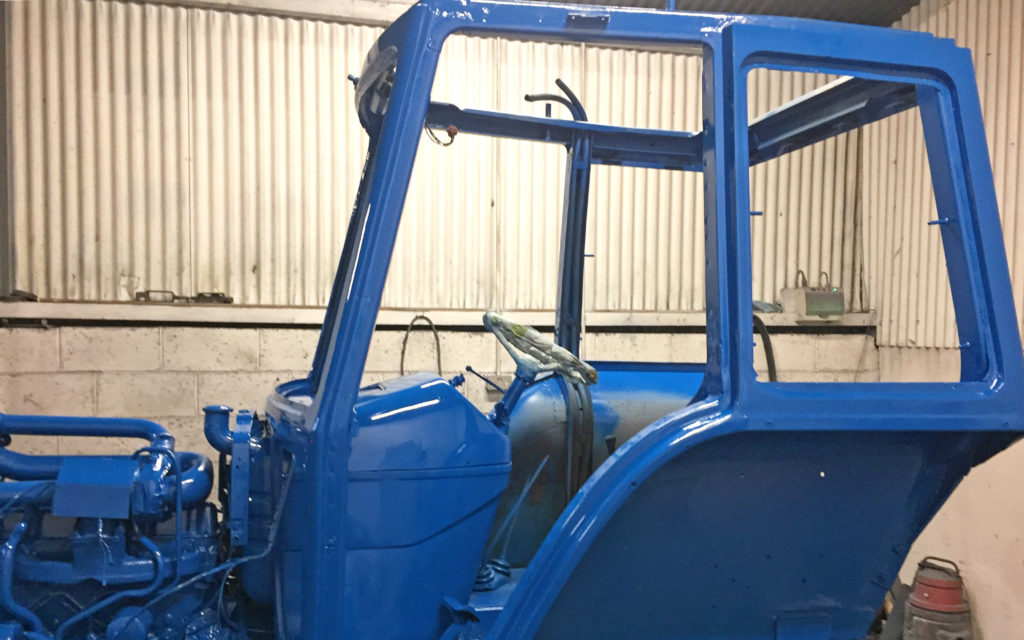Waterford is the largest single supplier of training in Ireland and along with hosting phase two of the agricultural apprentices training course, it offers instruction in many other crafts, including car restoration.
The course came about after demand fell away for the standard car body repair course due to a shift in car design and the way in which damaged vehicles were repaired.
Ongoing demand
However, there is still a good number of older cars on the road and in private collections that require repair and restoration, and so it was decided to give it a try, otherwise the state-of-the-art training facilities would likely remain idle.

The first course was booked up immediately and is still attracting strong interest from those repairing vehicles for their own satisfaction, or even going on to find positions within the restoration trade.
Up until now it has focused purely on cars, but it is recognised that there is a tremendous crossover with agriculture for there are many older tractors out on farms that are still mechanically sound, but would benefit from being tidied up.
Ageing safety cabs
It is not just a question of cosmetics either, the structural integrity of tractor cabs will deteriorate with time in most farm environments and professional repair of these safety critical items, many now over 40 years of age, is essential.

Further, it might be fairly assumed that the average age of working tractors is older than that of road vehicles, so the demand for repair should certainly exist.
Form and function
The repair of any vehicle should put safety first and foremost and this is certainly true of cars which were usually designed to collapse in a pre-determined matter when involved in an accident.
Replication of these characteristics in fabricated bodywork is essential and so participants are shown how to design and plan the creation of new structures and body panels so that they perform in the same was as the original items.
Fabrication and forming then follow, with painting and finishing in a state-of-the-art paint booth, being the final stage of bringing old bodywork back to life.
Presently the rebuilding of engines is not covered, however, there are plans afoot to add this to the curriculum or run it as a separate course; whichever it ends up as, the college is intent on providing it.
